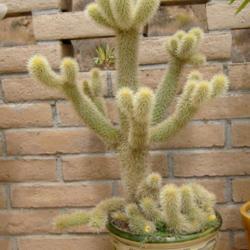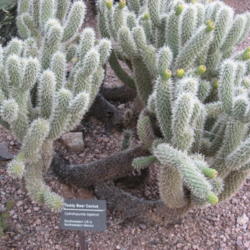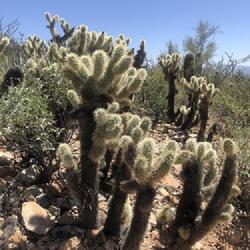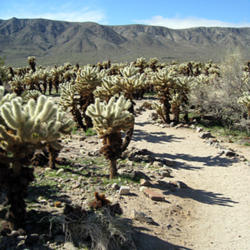| Plant Habit: | Shrub Tree Cactus/Succulent |
| Life cycle: | Perennial |
| Sun Requirements: | Full Sun Full Sun to Partial Shade |
| Minimum cold hardiness: | Zone 8b -9.4 °C (15 °F) to -6.7 °C (20 °F) |
| Plant Height: | 6 feet |
| Fruit: | Showy Other: spineless |
| Flowers: | Showy |
| Flower Color: | Green Pink Red White Yellow |
| Bloom Size: | 1"-2" |
| Flower Time: | Late winter or early spring Spring |
| Suitable Locations: | Xeriscapic |
| Uses: | Provides winter interest Will Naturalize |
| Edible Parts: | Fruit |
| Resistances: | Deer Resistant Drought tolerant |
| Propagation: Seeds: | Needs specific temperature Start indoors Can handle transplanting Other info: Fruit can take root and form a new plant without having to use its seeds; needs neutral soil pH |
| Propagation: Other methods: | Cuttings: Stem Layering Other: Easy to root from stem segments |
| Containers: | Suitable in 3 gallon or larger Needs excellent drainage in pots |
| Miscellaneous: | Tolerates poor soil With thorns/spines/prickles/teeth |







« Add a new plant to the database
» Search the Chollas Database: by characteristics or by cultivar name
« See the general plant entry for Chollas (Cylindropuntia)